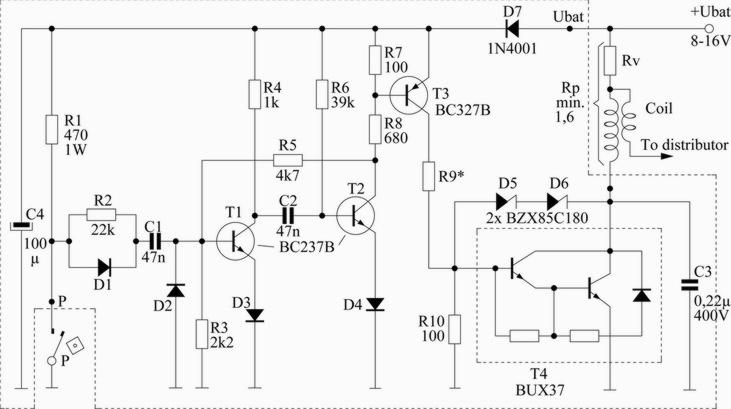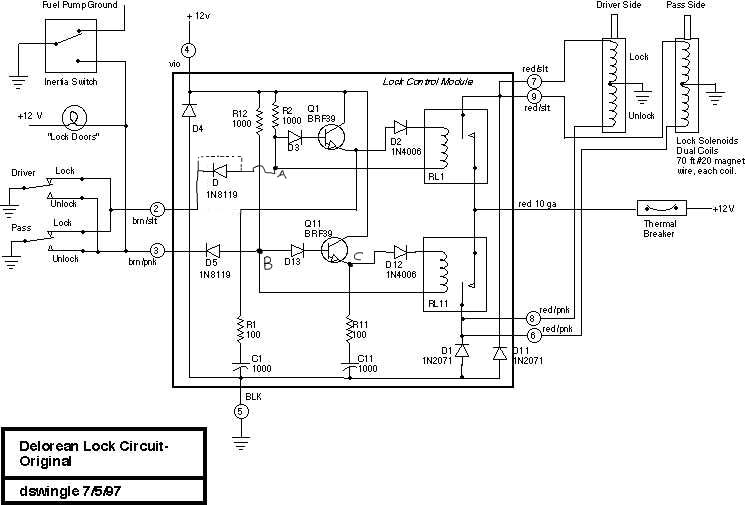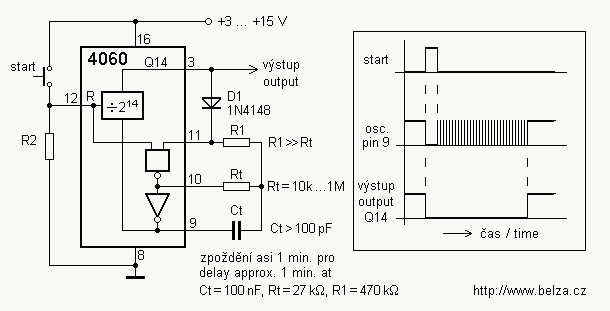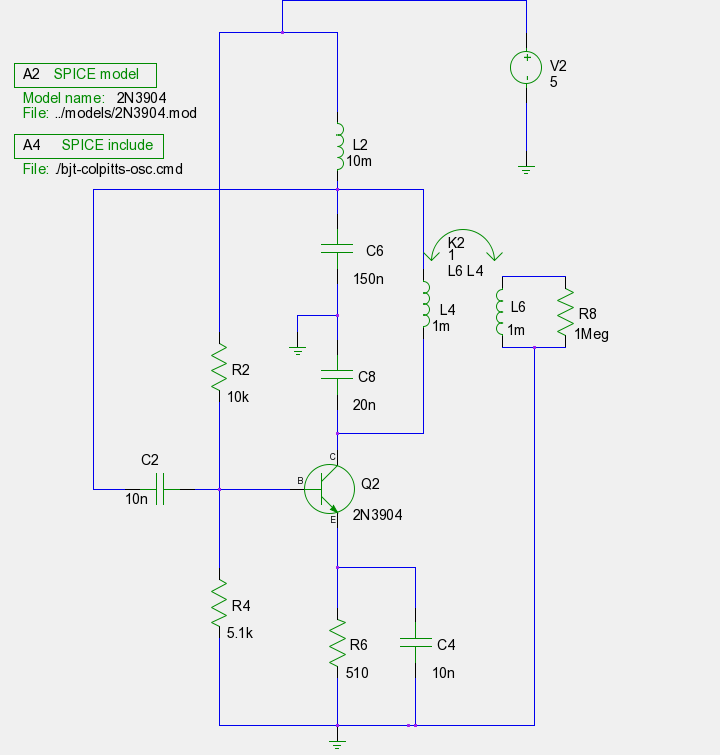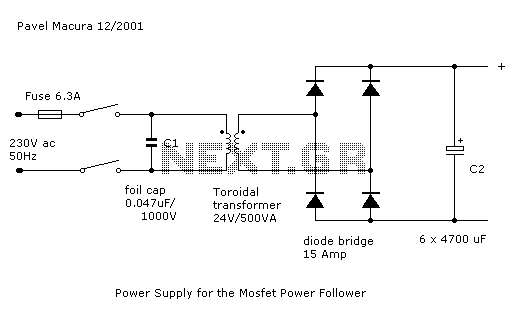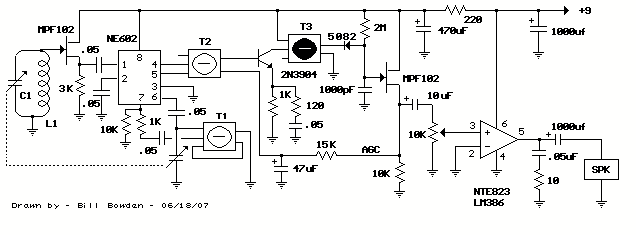
UTC7642 1-Chip AM Radio Circuit
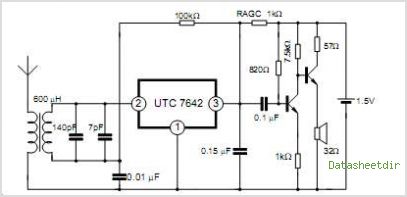
A low-cost vacuum cleaner system based on the P89LPC901 is introduced in this application note. The design hardware and software are thoroughly discussed. This system can also guide the design of other universal motor driving systems that require robust control and harmonic suppression.
The P89LPC901 is a microcontroller designed for applications that require efficient motor control, such as vacuum cleaners. Its architecture allows for precise control of the motor's speed and torque, facilitating a soft start feature that minimizes inrush current during startup. This feature is essential in vacuum cleaner applications to prevent sudden power surges that could damage the electrical components or cause circuit breaker tripping.
In addition to soft start capabilities, the P89LPC901 incorporates harmonic suppression techniques. Harmonics generated by universal motors can lead to electromagnetic interference and reduced overall system efficiency. The microcontroller employs advanced algorithms to manage the switching of the motor, thereby reducing harmonic distortion and improving the power factor of the system.
The design of the vacuum cleaner system includes both hardware and software components. The hardware design typically features a power stage that includes a triac or an H-bridge configuration for controlling the motor, along with necessary protective components such as fuses and filters. The microcontroller interfaces with these components through GPIO (General Purpose Input/Output) pins, PWM (Pulse Width Modulation) outputs, and ADC (Analog-to-Digital Converter) inputs for feedback and monitoring.
On the software side, the application note details the development of firmware that implements the control algorithms necessary for motor operation. This includes routines for starting and stopping the motor smoothly, adjusting speed based on load conditions, and monitoring system parameters to ensure safe operation. The software can be further customized to include features such as variable speed control and electronic braking.
Overall, the P89LPC901-based vacuum cleaner system exemplifies an efficient and cost-effective solution for universal motor control, offering significant advantages in terms of performance and reliability while addressing common challenges such as harmonic distortion. This design approach can also be adapted for similar applications requiring robust motor control solutions.P89LPC901, Vacuum Cleaner, Soft start, Harmonic suppression, Low cost A low cost P89LPC901 based vacuum cleaner system is introduced in this application note. Design hardware and software are fully discussed. This system CAN also guide the design of other universal motor driving systems that needs robust controlling and harmonic suppression.
🔗 External reference
The P89LPC901 is a microcontroller designed for applications that require efficient motor control, such as vacuum cleaners. Its architecture allows for precise control of the motor's speed and torque, facilitating a soft start feature that minimizes inrush current during startup. This feature is essential in vacuum cleaner applications to prevent sudden power surges that could damage the electrical components or cause circuit breaker tripping.
In addition to soft start capabilities, the P89LPC901 incorporates harmonic suppression techniques. Harmonics generated by universal motors can lead to electromagnetic interference and reduced overall system efficiency. The microcontroller employs advanced algorithms to manage the switching of the motor, thereby reducing harmonic distortion and improving the power factor of the system.
The design of the vacuum cleaner system includes both hardware and software components. The hardware design typically features a power stage that includes a triac or an H-bridge configuration for controlling the motor, along with necessary protective components such as fuses and filters. The microcontroller interfaces with these components through GPIO (General Purpose Input/Output) pins, PWM (Pulse Width Modulation) outputs, and ADC (Analog-to-Digital Converter) inputs for feedback and monitoring.
On the software side, the application note details the development of firmware that implements the control algorithms necessary for motor operation. This includes routines for starting and stopping the motor smoothly, adjusting speed based on load conditions, and monitoring system parameters to ensure safe operation. The software can be further customized to include features such as variable speed control and electronic braking.
Overall, the P89LPC901-based vacuum cleaner system exemplifies an efficient and cost-effective solution for universal motor control, offering significant advantages in terms of performance and reliability while addressing common challenges such as harmonic distortion. This design approach can also be adapted for similar applications requiring robust motor control solutions.P89LPC901, Vacuum Cleaner, Soft start, Harmonic suppression, Low cost A low cost P89LPC901 based vacuum cleaner system is introduced in this application note. Design hardware and software are fully discussed. This system CAN also guide the design of other universal motor driving systems that needs robust controlling and harmonic suppression.
🔗 External reference
